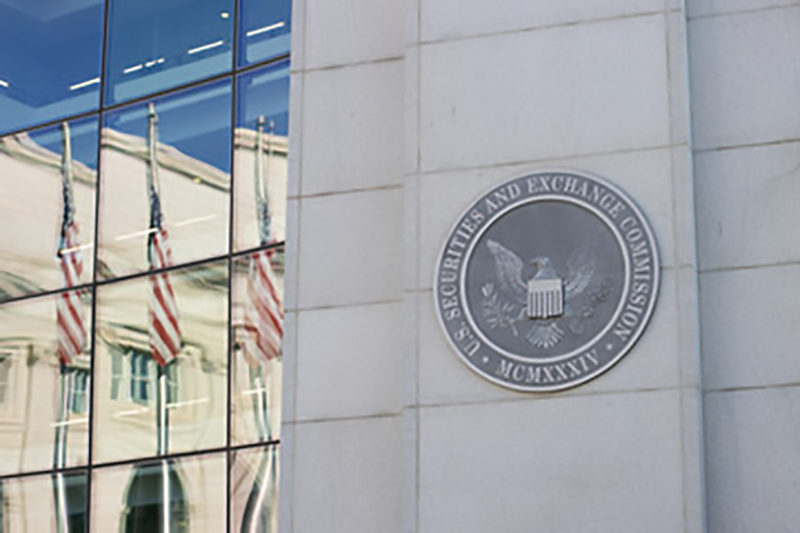Microsoft is making changes to how it handles security vulnerabilities to help your business stay more secure. These Microsoft updates aim to make it easier for you to understand risks and take quick action to protect your systems.
With a focus on better transparency and stronger tools, Microsoft’s new policy will disclose vulnerability details in a clearer and more organized way so you can take steps to protect your systems effectively.

CSAF Format To Streamline How Organizations Manage Security
Microsoft announced that it will now disclose vulnerabilities using the Common Security Advisory Framework (CSAF). This change is designed to help customers quickly respond to and address Common Vulnerabilities and Exposures (CVEs) more efficiently.
CSAF is a standardized template that Microsoft uses to disclose security vulnerabilities in their products. This machine-readable format ensures that the information provided about vulnerabilities is consistent and easy to understand, making it easier for customers and IT professionals to understand the risks and take appropriate action.
The template includes information such as the vulnerability’s name, its severity, the affected products, and the recommended steps for mitigation. It can help organizations share information clearly and concisely, ensuring that everyone is on the same page when it comes to Cybersecurity.
Despite this update, customers can still access CVE updates through the Microsoft Security Update Guide or via an API based on the Common Vulnerability Reporting Framework (CVRF), which remains the standard for sharing detailed vulnerability information.
With the adoption of CSAF, Microsoft aims to enhance how organizations handle security threats for better protection and faster remediation.
Microsoft’s Push For Transparency In Security Reporting
Microsoft is making its vulnerability disclosures more transparent, and you’ll notice these changes are designed to help you better understand and respond to threats. The rollout of the CSAF is the latest in a series of updates aimed at improving how vulnerabilities are shared and addressed.
Earlier this year, Microsoft introduced Cloud Service CVEs in June and began publishing root cause analyses in April using the Common Weakness Enumeration (CWE) standard. These efforts are all part of the Secure Future Initiative, a program Microsoft launched last year to overhaul its approach to security and transparency.
This initiative was driven by a China-linked advanced persistent threat (APT) actor of Microsoft Exchange Online, which exposed sensitive data, including tens of thousands of U.S. State Department emails and other private customer accounts.
By embracing CSAF and other measures, Microsoft is working to create a clearer, more open security culture that helps you stay protected and respond faster to probable threats.
Why Microsoft’s CSAF Adoption Matters For Your Security
A recent report from the U.S. Cyber Safety Review Board blasted Microsoft for prioritizing speed over security when developing its products, calling the 2023 Microsoft Exchange Online breach entirely preventable. The incident depicted how important it is for companies to focus on Cybersecurity in both the way they build their products and how they manage any security risks that pop up.
To help organizations like yours deal with the growing number of security threats, the Cybersecurity and Infrastructure Security Agency (CISA) has been pushing for the adoption of CSAF for over two years.
As Microsoft adopts the CSAF format, the tech giant is taking a step in the right direction, ensuring that you and your business have the tools and information needed to protect your networks and minimize risks.
These new updates from Microsoft are part of the company’s ongoing efforts to bolster its security and systems, including requiring multi-factor authentication (MFA) for all Azure users and following its Modern Lifecycle Policy, which sets end-of-life for products like Windows 10.

FAQ
How Important Are Microsoft Security Updates?
Microsoft security updates fix security vulnerabilities, including bugs and glitches, that can slow down your computer or make it less stable. Besides, they’re free! Microsoft releases updates regularly, so you’re covered.
What Happens If You Don’t Get Security Updates?
If you don’t install security updates, you’re leaving your computer vulnerable to cyberattacks. Hackers can exploit unpatched software to access your system, steal your personal information, install viruses, or even use your computer to attack other people. So, it’s best to stay up-to-date with security updates to keep your computer safe and sound.
Do Updates Patch Security Vulnerabilities?
Whenever you install a security update, you reduce the likelihood of successful infiltration attempts by malicious actors. The 2Secure team often recommends patching your systems, but there’s an alternative to choosing between patching and risking a breach: having two identical production environments.
Yigal Behar of 2Secure shared advice with a development company to separate networks for development, testing, and production. While small companies often start with one environment, as security grows, having two production systems allows for patching without downtime, keeping services secure and available.





